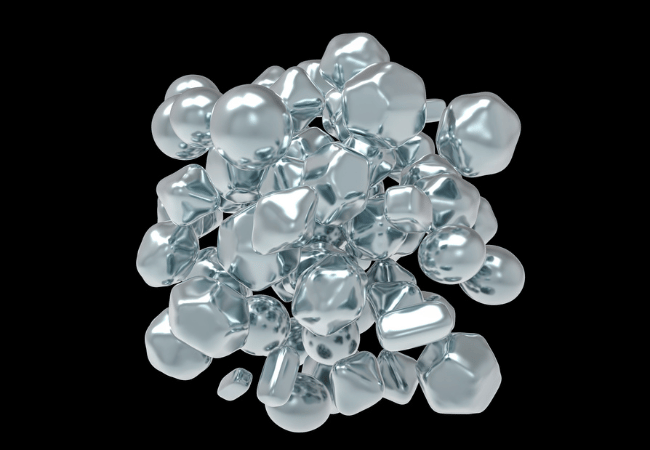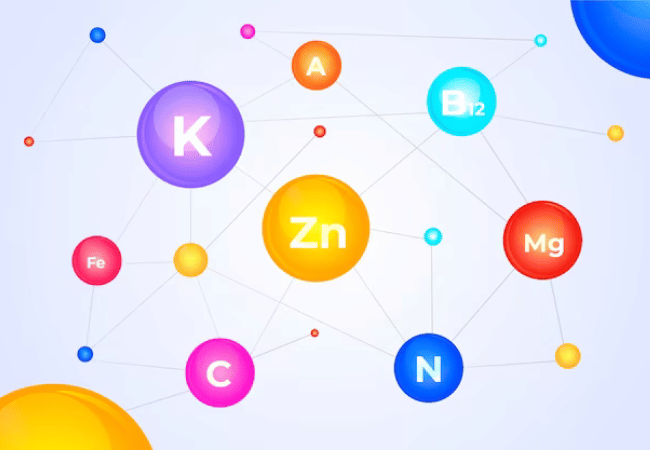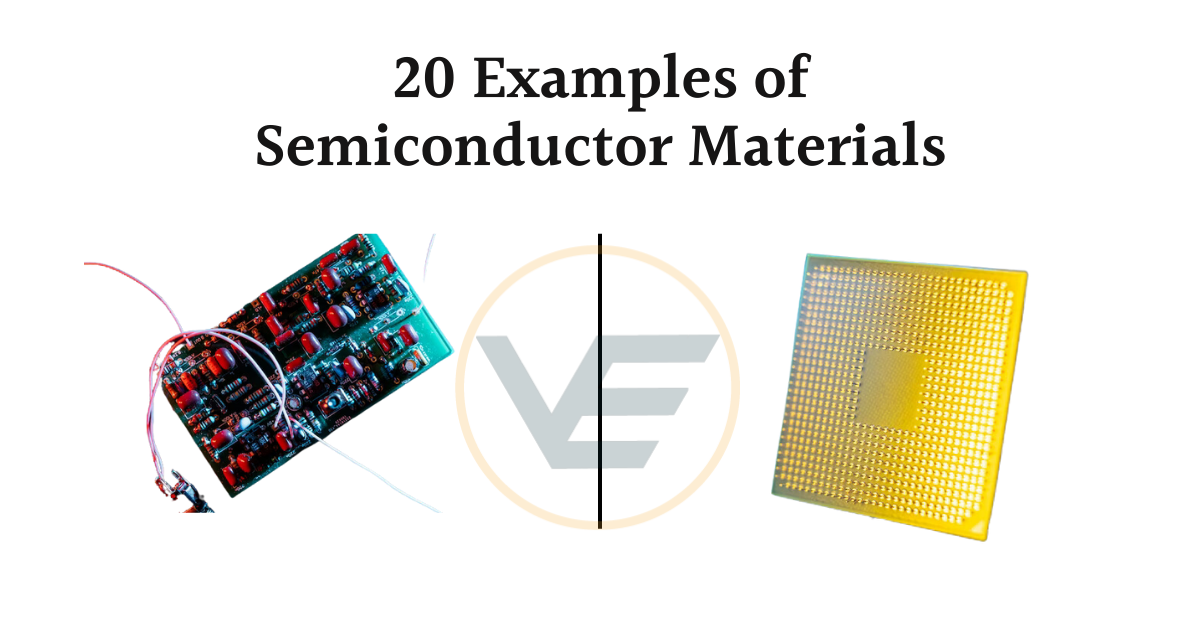Semiconductor materials are a class of materials that possess electrical properties that lie between those of conductors and insulators. Unlike conductors, which readily allow the flow of electric current, and insulators, which resist the flow of current, etc.
Semiconductors exhibit a unique property where their electrical conductivity can be modulated or controlled. This controllable behavior is achieved through the manipulation of the material’s electron structure.
Importance of Semiconductor Materials
Semiconductor materials play a pivotal role in modern technology, enabling the creation of electronic devices that have revolutionized our daily lives. These materials exhibit unique electrical properties, making them capable of conducting electricity under certain conditions while acting as insulators under others. The ability to control the flow of electrical current in semiconductors is essential for developing transistors, diodes, and other semiconductor-based components.
Examples of Semiconductor Materials
Some examples of semiconductors are given below,
Silicon (Si)
Silicon is the most widely used elemental semiconductor, serving as the foundation for the semiconductor industry. It has excellent electrical properties and is the primary material in the manufacture of microchips and integrated circuits that power computers, smartphones, and various electronic devices.
Germanium (Ge)
Germanium was one of the earliest semiconductor materials used in electronic applications. While it has been largely replaced by silicon, it still finds limited use in some specialized devices like infrared detectors and high-frequency transistors.
Gallium Arsenide (GaAs)
Gallium Arsenide is a highly efficient and fast semiconductor commonly used in high-frequency applications such as microwave devices, satellite communication, and radar systems. Its high electron mobility makes it ideal for high-speed digital and analog circuits.

Indium Phosphide (InP)
Indium Phosphide is known for its excellent optoelectronic properties, making it essential in the development of lasers, photodetectors, and fiber optic communication systems. Its wide bandgap allows for efficient light emission and detection.
Gallium Nitride (GaN)
Gallium Nitride is a wide bandgap semiconductor widely used in high-power and high-frequency devices. It is commonly found in LEDs, power amplifiers, and radio frequency (RF) components due to its ability to handle high voltages and temperatures.
Indium Antimonide (InSb)
Indium Antimonide is valued for its unique properties in infrared detectors and thermal imaging devices. Its narrow bandgap allows it to detect and generate infrared radiation effectively.
Aluminum Gallium Arsenide (AlGaAs)
Aluminum Gallium Arsenide is a versatile compound used in a variety of applications, including solar cells, LEDs, and optical communication systems. Its bandgap can be engineered to match specific requirements.
Cadmium Sulfide (CdS)
Cadmium Sulfide is commonly used in photoresistors and light sensors due to its photosensitivity properties. It finds applications in automatic brightness control in displays and cameras.
Zinc Selenide (ZnSe)
Zinc Selenide is utilized in infrared optical components, such as lenses and windows. It is highly transparent to infrared light and offers excellent optical quality.

Cadmium Telluride (CdTe)
Cadmium Telluride is a key material in thin-film solar cells, where it serves as an efficient absorber of sunlight, converting it into electricity. Its low production cost and high conversion efficiency make it an attractive option for renewable energy applications.
Mercury Cadmium Telluride (MCT)
Mercury Cadmium Telluride is a crucial semiconductor for infrared detectors and imaging devices. Its sensitivity to long-wavelength infrared radiation makes it valuable for night vision technology and thermal imaging.
Diamond (C)
Diamond, a form of carbon, is a wide bandgap semiconductor with exceptional thermal conductivity and hardness. It is being explored for various electronic applications, such as high-power transistors and radiation detectors.
Silicon Carbide (SiC)
Silicon Carbide is widely used in power electronics due to its ability to handle high voltages and temperatures. It is also used in high-temperature and high-power electronic devices such as Schottky diodes and transistors.
Pentacene
Pentacene is an organic semiconductor used in thin-film transistors and organic photovoltaics. Its ability to form high-quality, long-range charge carriers makes it suitable for organic electronics.
Polyaniline
Polyaniline is a conducting polymer used in various applications, including sensors, batteries, and antistatic coatings. Its electrical conductivity can be controlled by doping, making it valuable in electronic devices.
Polythiophene
Polythiophene is another conducting polymer with applications in organic solar cells, transistors, and light-emitting diodes (LEDs). Its electronic properties can be tuned by modifying its molecular structure.
Hybrid Organic-Inorganic Perovskites
Hybrid perovskites are a promising class of materials for solar cells, LEDs, and lasers due to their high light absorption and carrier mobility. They offer a cost-effective solution for renewable energy generation.

All-Inorganic Perovskites
All-inorganic perovskites are known for their stability and potential applications in tandem solar cells and light-emitting devices. Their unique crystal structure and electronic properties make them a subject of intense research.
Amorphous Silicon (a-Si)
Amorphous Silicon is used in thin-film transistor (TFT) displays and solar cells. Its non-crystalline structure allows for flexibility and ease of deposition over large areas.
Amorphous Germanium (a-Ge)
Amorphous Germanium is utilized in optoelectronic devices and thin-film solar cells. Its amorphous nature allows it to be easily incorporated into various electronic and photovoltaic applications.
Gallium Oxide (Ga2O3)
Gallium Oxide is a wide bandgap semiconductor with potential applications in power electronics, ultraviolet photodetectors, and high-frequency devices. Its large bandgap makes it suitable for high-voltage applications.
Graphene
Graphene is a two-dimensional material composed of a single layer of carbon atoms arranged in a hexagonal lattice. It exhibits exceptional electrical conductivity and has potential applications in flexible electronics, sensors, and transistors.
If you like it. Please share with your friends and subscribe to our newsletter for regular updates.

